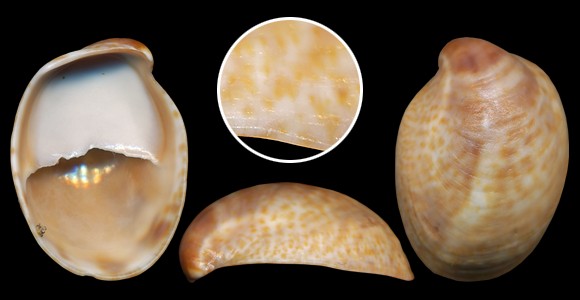
An invasive species, now in Mediterranean. Detected in Great Britain in 1872. The first european record, in the Netherlands, dates from the 1930’s. The species lives attached to hard supports (shells, stones), in shallow water on sandy-muddy bottoms, down to 20-30m deep. This is a filter feeder. In France, it begins to be farmed for consumption.
Basionym: Patella fornicata.
Ayrolle lagoon, on shore near the fishermen’s cabins, Gruissan, Occitania, S. France. 20mm.
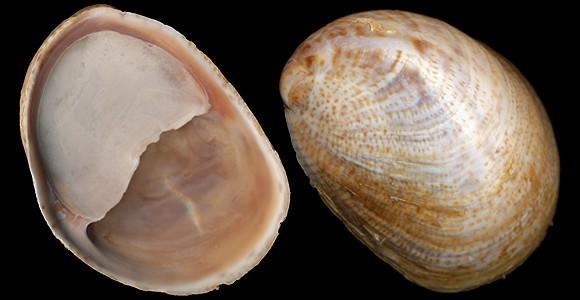
Grau de la Vieille Nouvelle, Gruissan, 47mm.
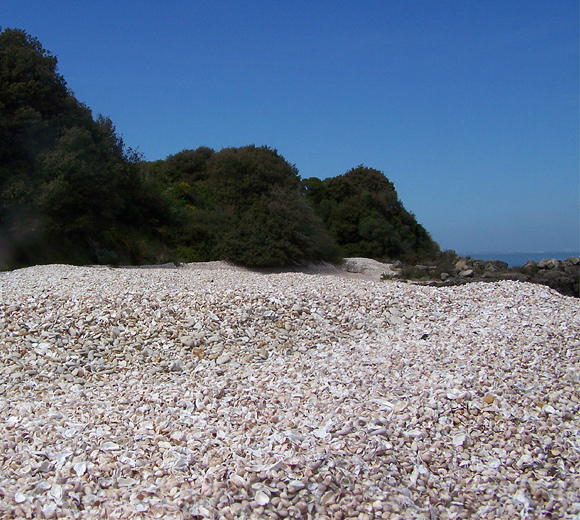
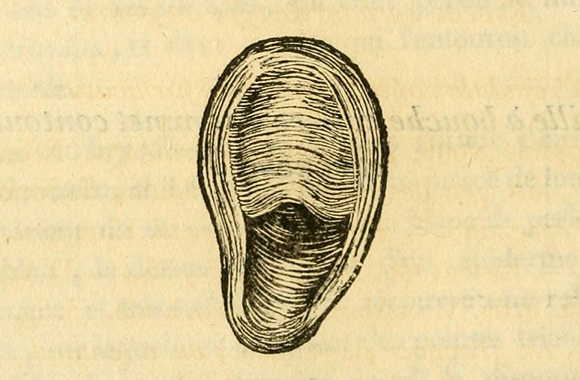
Conchyliologie systématique vol. II, Paris 1810, p.86.
« Inspired by the constant septum extended inwardly, and giving these shells a little the aspect of a slipper, Lamarck established this genus with all the more basis because Linné still had distinguished them under the general designation of labiate limpets. The species that serves as type is oval, elongate, somewhat inflected; the dorsum is whitish, striped with series of fawn blotches that widen with age. The septum, white, occcupies half of the inner length. » Inside brownish.
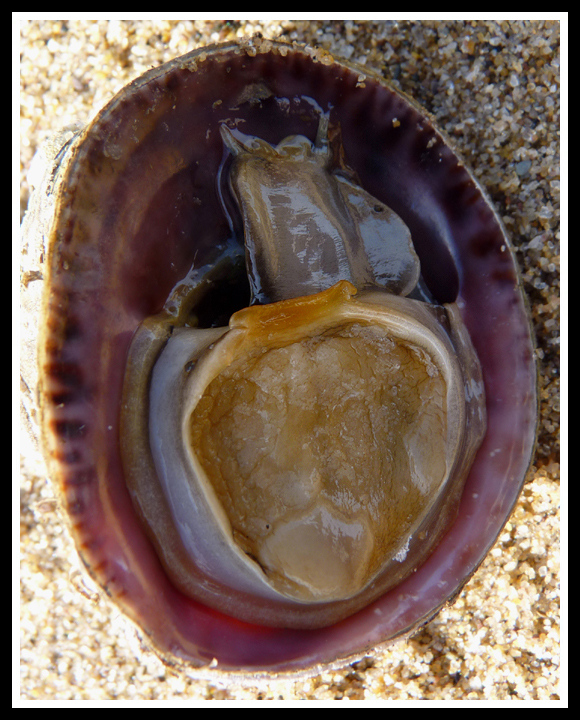
Raritan Bay Waterfront Park, Middlesex County, New Jersey, NE. USA. Original picture provided by J. Beetham for iNaturalist – (CC BY-NC-SA).
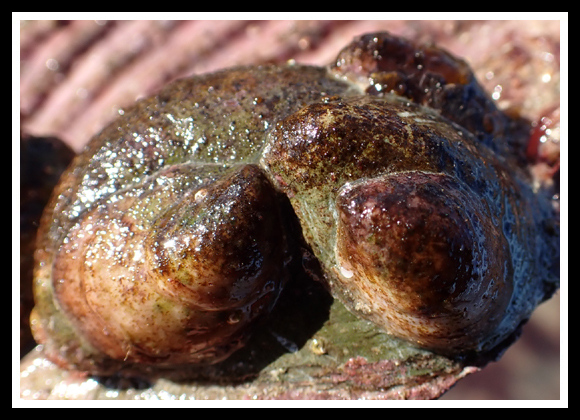
Here, on a valve of scallop, Saint-Malo, N. Brittany, NW. France. Original picture provided by T. Gelez for iNaturalist.
– (CC BY-NC) –